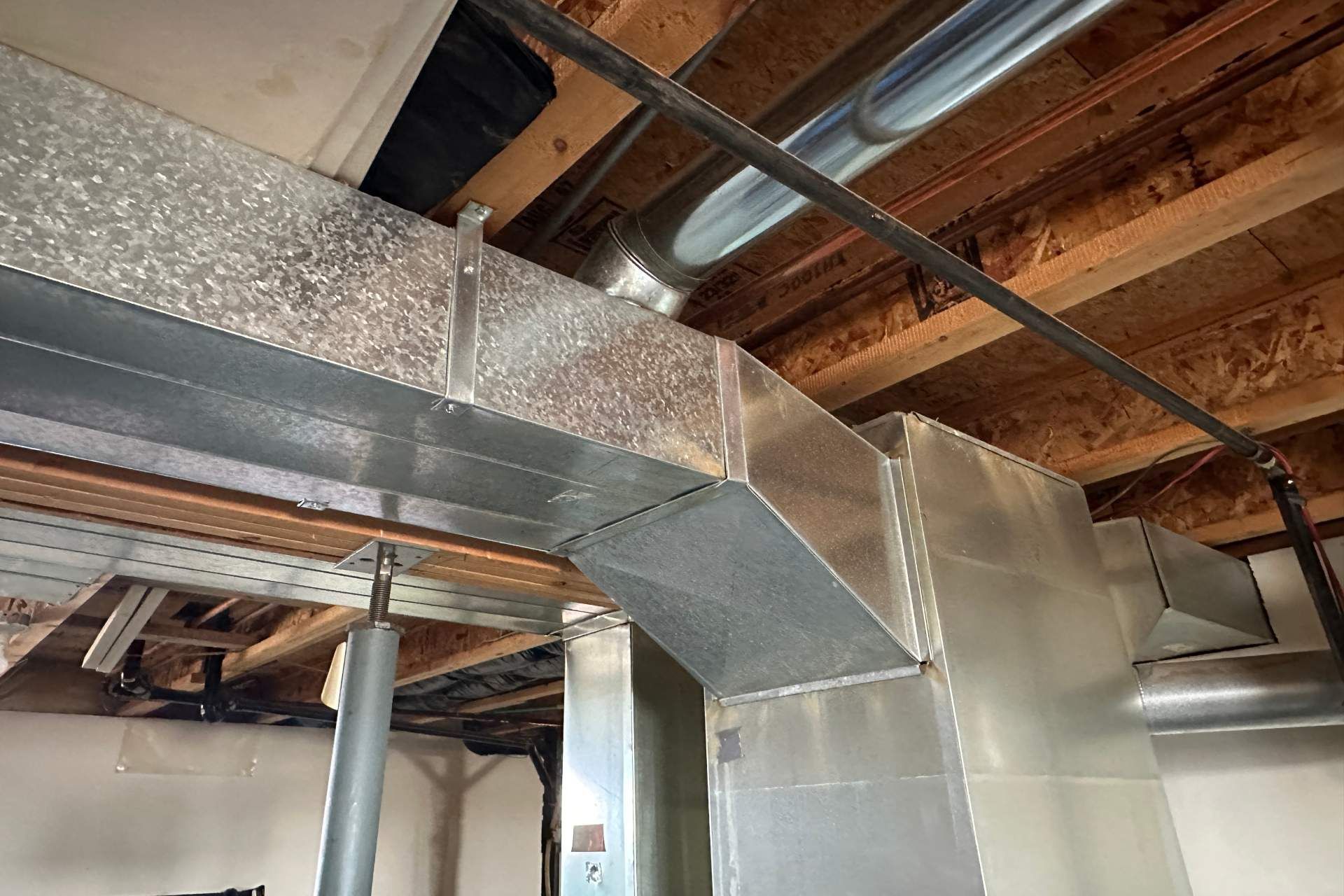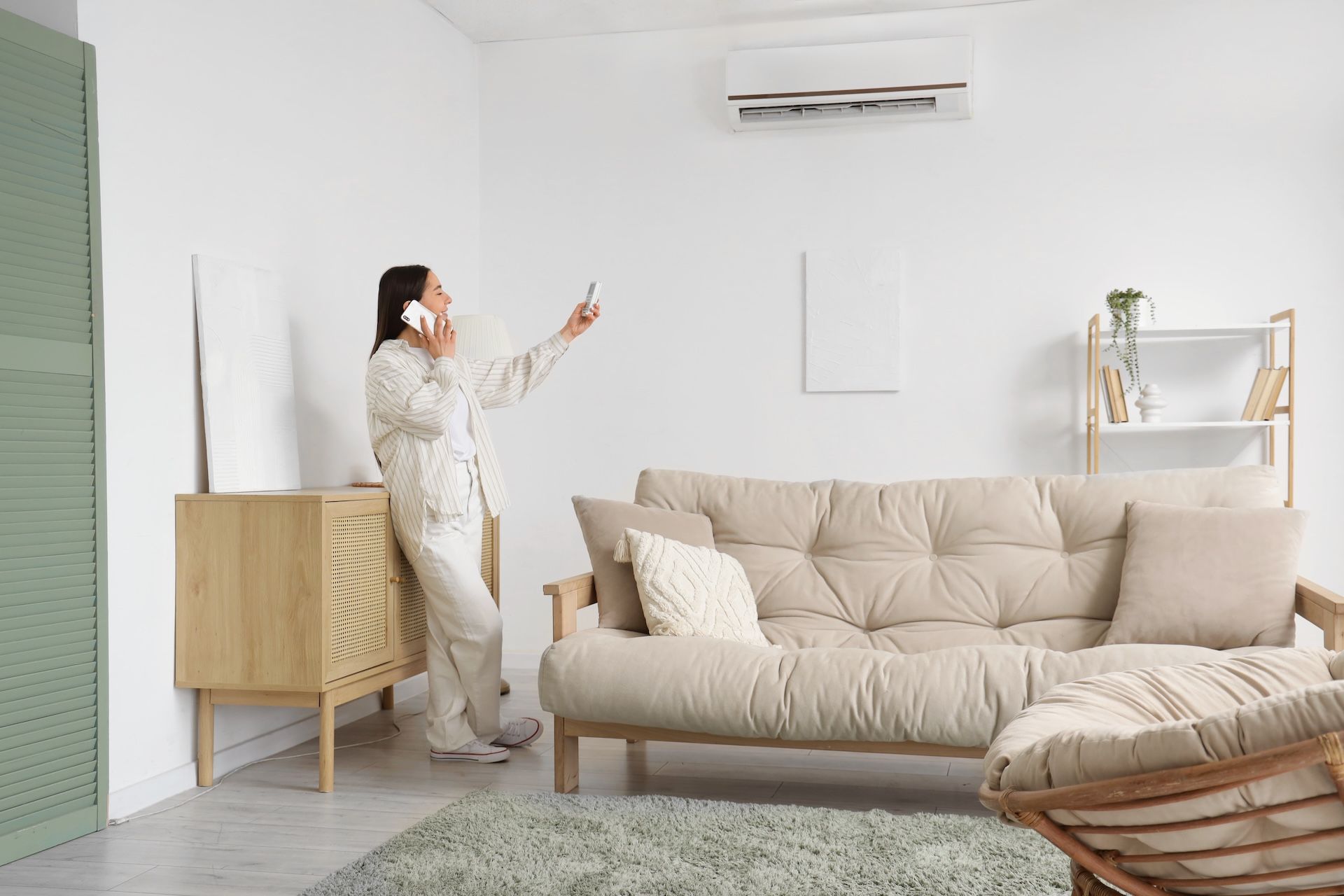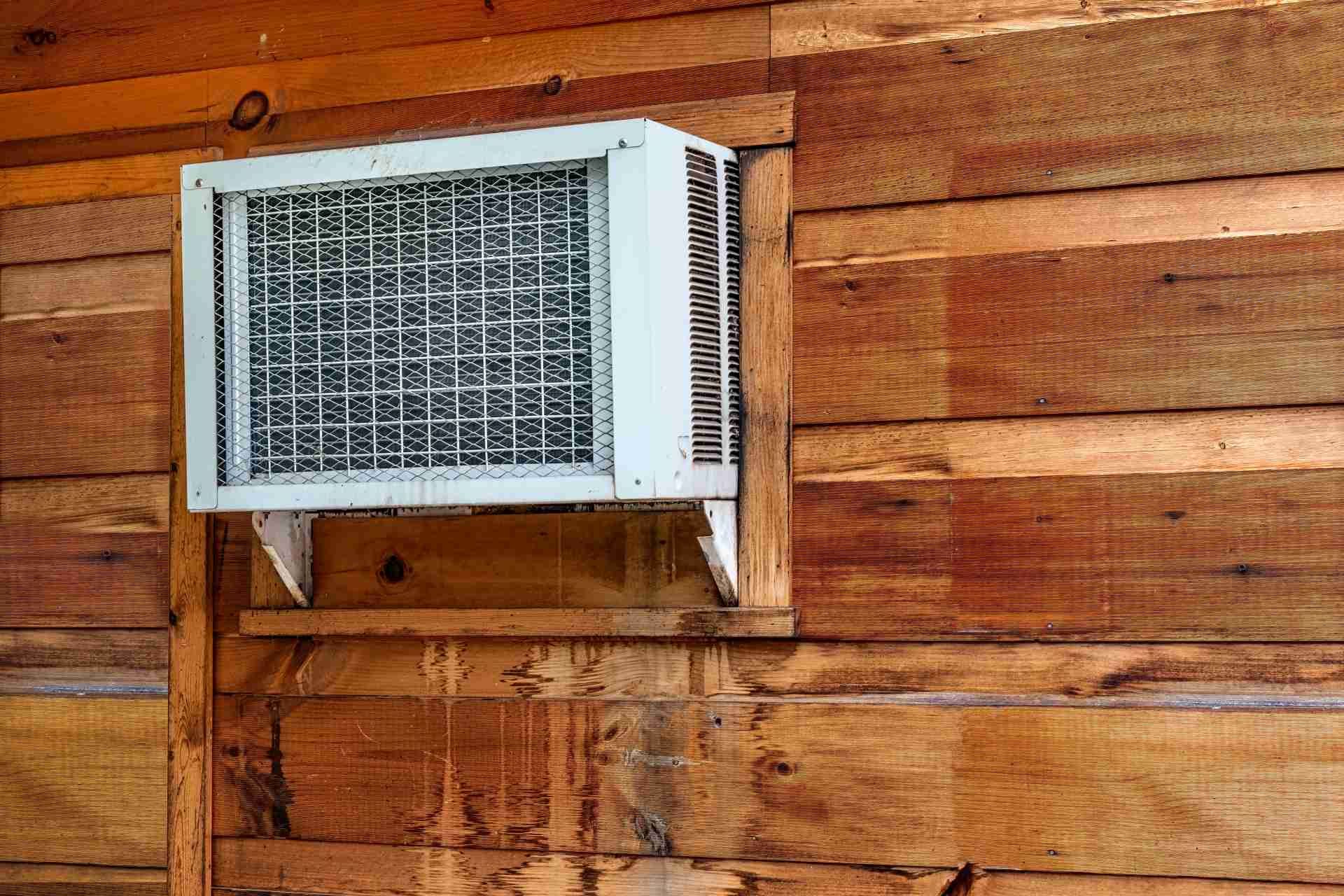What’s Causing My Furnace’s High Limit Switch to Keep Tripping?

When your home’s furnace keeps turning on and off or suddenly shuts down before reaching the right temperature, it can be frustrating, especially on a cold night. One common reason for this issue is the high limit switch tripping.
This small but important part of your furnace keeps your system safe from overheating. When it keeps tripping, it’s a sign that something isn’t working right. Let’s break down what’s going on, why it happens, and what you can do to fix it before calling a professional.
What Is a Furnace High Limit Switch?
Your furnace’s high limit switch is a safety device that monitors the temperature inside your system. It’s usually located near the heat exchanger.
When the furnace gets too hot, the switch automatically turns the system off to prevent damage or fire hazards. Once the temperature drops to a safe level, the furnace can start up again.
If this switch keeps tripping repeatedly, it means your furnace is getting too hot too often a sign of the furnace overheating.
Why Does the High Limit Switch Keep Tripping?
Here are the most common reasons your high limit switch might keep turning off your furnace.
1. Dirty Air Filter
A clogged or dirty air filter is the number one cause of furnace overheating. When the filter is blocked with dust and debris, air can’t flow freely through your furnace. That means hot air gets trapped inside, making the furnace work harder and heat up too quickly.
Fix it:
Check your filter once a month and replace it every 1–3 months during the heating season. A clean filter helps your furnace breathe easily and run efficiently.
2. Blocked or Closed Air Vents
If your home’s supply or return vents are closed, blocked by furniture, or covered by rugs, air can’t circulate properly. This forces the furnace to overheat and triggers the high limit switch.
Fix it:
Walk through your home and make sure all vents are open and unobstructed. Even unused rooms need proper airflow to keep your system balanced.
3. Malfunctioning Blower Motor
Your furnace’s blower motor pushes hot air through the ducts and into your home. If it’s failing or running at the wrong speed, heat can build up inside the furnace.
A weak or non-working blower means the furnace can’t move air fast enough, causing short cycling when your furnace turns on and off repeatedly before reaching the set temperature.
Fix it:
If you hear grinding, squealing, or rattling noises from the furnace, call a professional HVAC technician. They can inspect and repair or replace the motor.
4. Dirty Blower Wheel
Dust, lint, and pet hair can collect on the blower wheel, slowing it down and reducing airflow. Over time, this can cause your furnace to overheat and trigger the high limit switch.
Fix it:
Have your HVAC technician clean your blower wheel during routine maintenance. This small service can make a big difference in your furnace’s performance.
5. Clogged Evaporator Coil
If you have a furnace combined with a central air conditioning system, there’s an evaporator coil above the furnace. When it gets dirty, it can block airflow and cause overheating.
Fix it:
Cleaning the evaporator coil isn’t a DIY job, it requires professional tools and expertise. Schedule a maintenance visit to have it inspected and cleaned safely.
6. Faulty High Limit Switch
Sometimes, the problem isn’t overheating—it’s the switch itself. A faulty high limit switch can mistakenly detect high temperatures or fail to reset after cooling.
Fix it:
If your technician finds that the switch isn’t working properly, it may need to be replaced. Avoid bypassing or disabling it, it’s there for your safety.
7. Oversized Furnace
A furnace that’s too large for your home can heat up the space too quickly and shut off before completing a full heating cycle. This leads to short cycling, which can stress the high limit switch over time.
Fix it:
The only long-term solution is proper sizing. If your furnace is oversized, talk to an HVAC expert about replacement options.
8. Restricted Ductwork
Crushed, leaky, or undersized ducts can restrict airflow, causing your furnace to overheat. Poorly designed duct systems can trap heat inside the furnace, tripping the limit switch repeatedly.
Fix it:
Have your ductwork inspected by a licensed professional. Sealing or resizing the ducts can improve airflow and prevent future overheating.
What Happens If You Ignore a Tripping Limit Switch?
It might be tempting to reset your furnace and ignore the warning signs but that’s risky. Constantly tripping the high limit switch can cause:
- Damage to the heat exchanger, which may lead to costly repairs.
- Carbon monoxide leaks, posing a serious safety risk.
- Reduced furnace lifespan, since overheating wears out internal components.
- Higher energy bills, because the system keeps restarting without fully heating your home.
If your furnace is short cycling or shutting down often, it’s time to address the issue before it gets worse.
How to Prevent High Limit Switch Tripping
Here are some easy maintenance steps you can take:
- Change the air filter regularly at least every 1–3 months.
- Keep vents and registers open for proper airflow.
- Schedule yearly furnace tune-ups to catch small issues early.
- Clean around your furnace and keep the area free from dust and clutter.
- Listen for unusual noises that may indicate blower or motor problems.
These simple habits can help prevent furnace overheating and keep your home warm and safe all winter long.
When to Call a Professional
If you’ve already checked your air filter, vents, and thermostat but your furnace still keeps tripping the high limit switch, it’s time to call in a professional.
An experienced HVAC technician can:
- Inspect the high limit switch and sensors.
- Test the blower motor and control board.
- Check the ductwork for blockages.
- Clean internal components safely.
Old School Cooling provides expert furnace repair and maintenance services throughout the U.S., ensuring your system runs efficiently and safely.
Keep your furnace running safely and efficiently. Schedule a maintenance check with Old School Cooling today!
FAQs about Furnace High Limit Switch
What is short cycling in a furnace?
Short cycling happens when your furnace turns on and off frequently before reaching the set temperature. It’s often caused by airflow issues, thermostat problems, or overheating.
Can I replace the high limit switch myself?
It’s not recommended. The high limit switch is part of your furnace’s safety system. Replacing it incorrectly can lead to more serious issues. Always contact a professional.
How often should I replace my furnace filter?
Most homes should replace the filter every 1–3 months, depending on usage, pets, and indoor air quality.
What temperature causes the high limit switch to trip?
Most switches trip around 160°F–200°F, depending on the furnace model. However, exact temperatures vary by manufacturer.
Is a tripping high limit switch dangerous?
Yes. It’s a sign your furnace is running too hot, which could damage components or lead to safety risks if ignored.
Disclaimer: The information on this website and blog is for general informational purposes only and is not professional advice. We make no guarantees of accuracy or completeness. We disclaim all liability for errors, omissions, or reliance on this content. Always consult a qualified professional for specific guidance.






